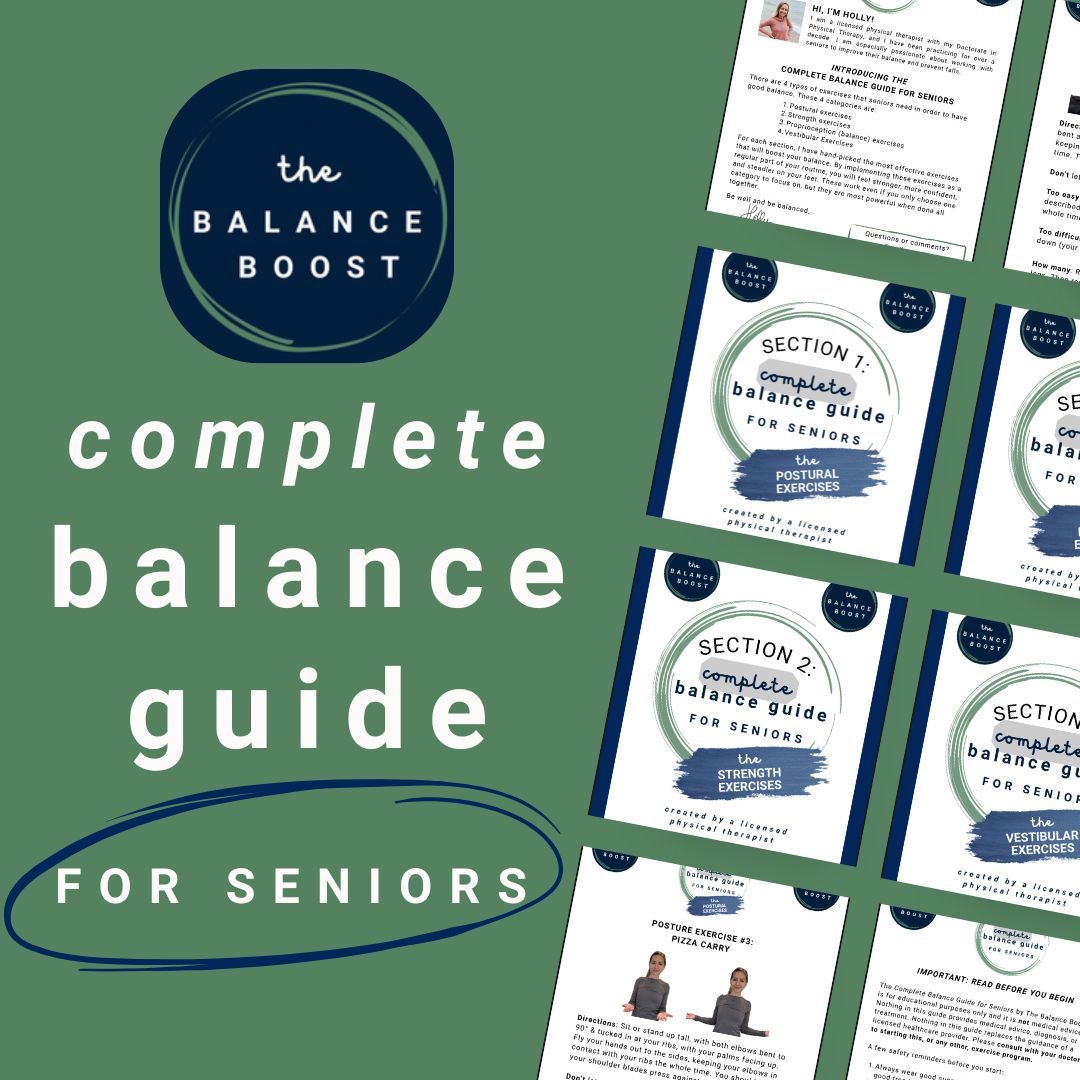Proprioception: The Trainable Sense That Helps Prevent Falls
Jul 22, 2025
As a physical therapist, one of my greatest joys is helping older adults feel more steady, confident, and independent in their daily lives. A key part of that is working on balance—and there’s one word I bring up often that tends to raise eyebrows:
Proprioception.
If you’ve never heard of it, you’re not alone! But proprioception is one of the most important systems in your body when it comes to staying upright and avoiding falls—especially as we age.
Let’s break it down in simple terms, and I’ll show you how you can improve your proprioception starting today.
So… What Exactly Is Proprioception?
Think of proprioception as your body’s ability to know where it is in space - without you having to look at it. For example, if you close your eyes and lift one arm, you can tell whether it’s bent or straight, high or low. That’s thanks to your proprioception.
Your body has special sensory receptors in your muscles, tendons, and joints called proprioceptors. These little sensors constantly send messages to your brain about the position, and movement of your limbs. They help your brain make split-second decisions to keep you upright and balanced - this is especially crucial when you’re walking on uneven ground or reacting to a slip, trip, or stumble.
Why Proprioception Matters for Balance (and Preventing Falls)
As you age, proprioception can become less sharp and less accurate, especially if you’re less active or have conditions like arthritis, diabetes, or a history of orthopedic injuries. This means that your body might not be able to respond as quickly when your balance is challenged - like when you miss a step or trip over a rug.
Research shows a strong link between decreased proprioception and increased fall risk in older adults. Declining proprioception contributes to impaired balance, and exercises that focus on proprioceptive training significantly improve stability in older adults. If you want to dive more into the research behind proprioception, how it can decline as we age, and how proprioceptive training exercises have been proven to help reduce falls, check out this article by clicking HERE.
How Do You Know If Your Proprioception Needs Work?
Here are a few signs:
-
You feel unsteady walking in the dark or on uneven ground
-
You’ve had more trips or stumbles lately
-
You feel nervous walking without holding onto something
-
You notice you walk more slowly or take smaller steps than you used to
-
You find it hard to balance on one leg, even for a few seconds
If any of these sound familiar, it may be time to start proprioception training—and it’s never too late!
How Can You Improve Your Proprioception?
Proprioception is trainable, just like a muscle.
Here are a few simple (but powerful) exercises I often recommend to my senior patients:
1. Tightrope Stance (Heel-to-Toe)
Stand with one foot directly in front of the other, like you’re on a tightrope, while holding onto a counter for safety. Hold for 30 seconds. Switch feet and repeat. As you improve, touch the counter only lightly or try without hands at all.
2. Single-Leg Stance
Stand on one foot while holding onto a counter for safety. Try to hold for 30 seconds, then switch legs. As you improve, try touching the counter lightly or letting go entirely.
3. Balance on an Unstable Surface
Standing on a foam pad, folded towel, or cushion challenges the stabilizing muscles and activates your proprioceptors. Again, stand next to a counter and hold it for safety. As you improve, you can try touching the counter lightly or letting go altogether.
⚠️ Always practice in a safe environment—with a sturdy surface nearby and preferably with a partner present. I always tell my patients to keep their hands at a “hover” above the counter if they are practicing an exercise without holding on with their hands, that way they can grab it again easily if they lose their balance.
In Short: You Can Improve Your Balance at Any Age
Proprioception may be a big word, but it’s a simple concept, and one that you have the power to improve. Whether you’re 65 or 95, your body is capable of improving its proprioception. With the right support, you can strengthen the systems that keep you steady and safe.
So the next time you wobble or feel unsure of yourself, remember: your body has sensors built just for that. And if those sensors aren’t feeling like they are doing their job as well as they used to, you can help to strengthen them back up.
Want specific exercise instructions to help improve your proprioception? Try my Top 3 Balance-Building Exercises for FREE by clicking HERE 💪
Never miss a post!
Join our community of seniors looking to age gracefully and keep movin' & groovin' !
All things balance (and zero spam) delivered to your inbox
I won't send spam. Unsubscribe anytime. Terms & Conditions apply.


